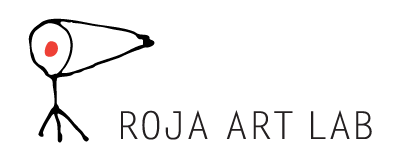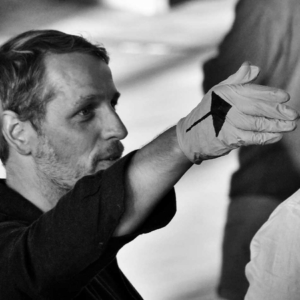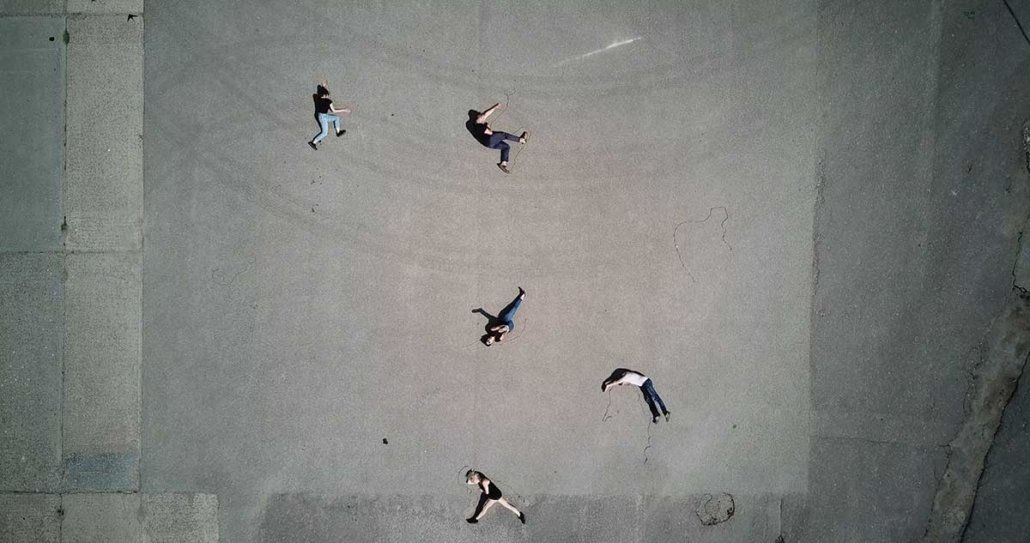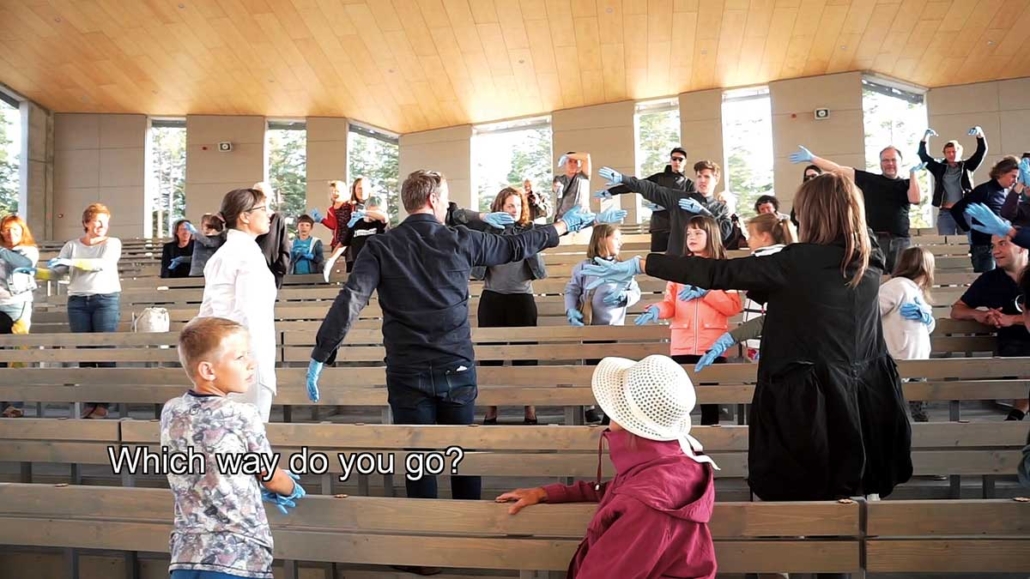Robert Luzar /SI/CA/UK/
Demonstrations
For the Roja Art Lab 2019, Robert Luzar produced two video and performance based works: Demonstration 12: how to stretch, and Demonstration 13: how to evacuate. Both works are part of an ongoing series called Demonstrations. This series combines online videos with live art performances in an attempt to show, or specifically ‘demonstrate’, actions that ‘may’ or ‘may not’ be done by anyone, artist, and audience. Demonstrations are ambiguously political artworks that first appear on the internet as ‘how to’ videos. A specially made YouTube channel gathers and presents these videos and also video documentation of the performances. Playing with DIY cultures, social media, and artist scores, the videos show audiences step-by-step actions that, using language in subtitles, outline seemingly possible actions – and paradoxically impossible non-actions too; but they are also, works that appear in performances. Throughout the performances, audiences are shown how – and invited to participate in seeing even if – such demonstrations (may or may not) truly take place. The performances are documented using video and then uploaded to the YouTube channel, therefore making different and multiple variations of the same work. Language used in the video subtitles, as well as words said aloud in the performances, repeat the form ‘may… or may not to’, which further shows how the actions and non-actions might question ‘politics’ in art today and liberal, democratic culture.
A nod is made toward Herman Melville’s perplexing character Bartleby, a copyist who reflects a spirit of civil disobedience by replying to every request to get to work by repeating ‘I prefer not to’ do anything. Doing nothing. For his ‘contribution’ to the Roja Art Lab, Luzar came, invited artists and local community members to also stretch, rest, idle, wait, resist, exist, and, at some point, evacuate. Doing nothing, perhaps.
Robert Luzar is an artist, writer, researcher and educator. He is interested in critical practices where ‘thinking’ takes place as an event, trace and multiplicity.



